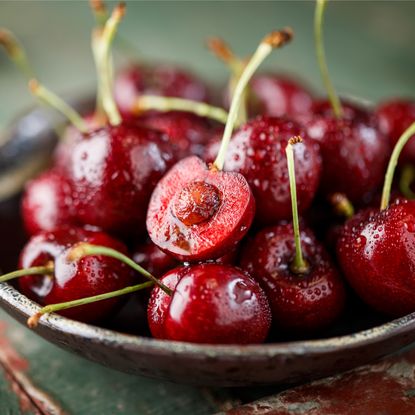Cherry Trees
Whether new to gardening or an old pro, growing cherry trees in the landscape can be a fun experience, especially when you’re armed with plenty of cherry tree info. The following articles can help with that. Here you will find everything from how to grow and care for cherry trees to pruning cherries and managing cherry tree problems.
-
How To Grow A Sunburst Cherry Tree
Cherry "Sunburst" matures in mid-season with large, sweet, dark-red to black fruit that resists splitting better than many other cultivars. Click to learn how to grow a Sunburst cherry.
By Amy Grant
-
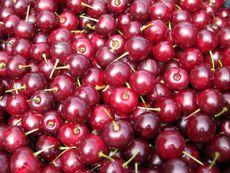
What Are English Morello Cherries?
Morello cherries are sour cherries, ideal for cooking, jams and even making liquors. Click on the following article for more information about English Morello sour cherries, including tips on growing these cherry trees.
By Teo Spengler
-
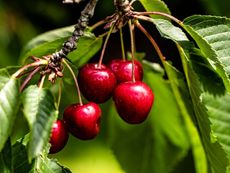
Cherry Tree Care - How To Grow Cherry Trees
Thinking about planting a cherry tree? Whether you're growing them for their fruit or blossoms, we can help. Click here to learn more.
By Gardening Know How
-

Cherry Tree Propagation: How To Grow Cherries From A Cutting
Propagating cherries from cuttings is the easiest and most reliable way to produce more cherry trees. Click here to learn how.
By Amy Grant
-
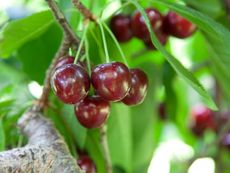
Homegrown Bing Cherry Trees – How To Care For A Bing Cherry Tree
There are two main types of cherries in commercial production – sweet and sour. Bing is one of the most popular in the sweet group. If you have or are going to acquire one of these tasty fruit trees, click this article for tips on Bing cherry care.
By Bonnie L. Grant
-
What Are Emperor Francis Cherries: Growing An Emperor Francis Cherry Tree
What are Emperor Francis cherries? These juicy, super sweet cherries are plump and delicious, perfect eaten fresh or for making homemade maraschinos or luscious jams and jellies. Click here for more information on growing Emperor Francis cherries.
By Mary H. Dyer
-
How To Treat Rugose Mosaic Disease: What Is Cherry Rugose Mosaic Virus
Cherries with rugose mosaic virus are unfortunately untreatable. Know the signs of rugose mosaic if you have cherry trees so you can remove diseased trees and prevent disease spread as soon as possible. This article will help with that.
By Mary Ellen Ellis
-
Cherry Witches’ Broom Info: What Causes Witches’ Broom Of Cherry Trees
Witches? broom is a common affliction of many trees and shrubs. It can be caused by several different vectors. In this article, we will specifically discuss the causes and symptoms of witches? broom on a cherry tree. Click here for more information on cherry witches? broom.
By Darcy Larum
-
Vandalay Cherry Tree Info – Learn How To Grow Vandalay Cherries
The Vandalay cherry variety is a beautiful and delicious type of sweet cherry. The fruit is dark red and very sweet. If you are interested in this cherry variety, click here for tips on how to grow Vandalay cherries and information on Vandalay cherry care.
By Teo Spengler
-
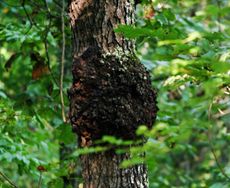
What Is Cherry Tree Gall: Why A Cherry Tree Has Abnormal Growths
If your cherry tree has abnormal growths on its trunk or roots, it may be the victim of cherry tree crown gall. Learn more about crown fall on cherry trees and what to do about it in this article. Click here for more information.
By Teo Spengler
-
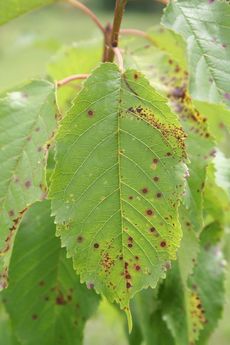
Reasons For Cherry Leaf Spots: Treating Cherry Leaves With Spots
Cherry leaves with spots are the first symptoms of cherry leaf spot. The spots on cherry leaves are easy to confuse with several other fungal diseases. Knowing what the signs are and implementing early treatment can help save your crop. Learn more here.
By Bonnie L. Grant
-
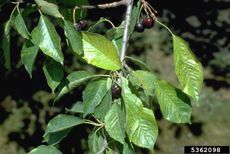
What Is Necrotic Rusty Mottle Virus – Controlling Necrotic Rusty Mottle In Cherries
If these leaves of your cherry tree are mottled yellow with necrotic lesions, these may be necrotic rusty mottle symptoms. It is unknown what causes this disease, but it seems to spread slowly, giving some chance of control if diagnosed early enough. Learn more here.
By Bonnie L. Grant
-
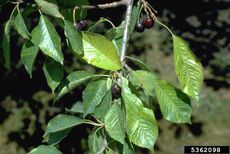
What Is Cherry Rusty Mottle: Treating Cherries With Rusty Mottle Disease
If your cherry trees are producing sickly fruit late in the season, it may be time to read up on rusty mottle cherry disease. Cherry rusty mottle includes several viral diseases of cherry trees, including rusty mottle of cherry and necrotic rusty mottle. Learn more here.
By Teo Spengler
-
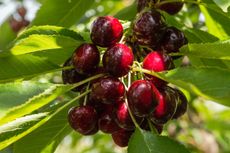
Cristalina Cherry Care – Tips For Growing Cristalina Cherries
Cristalina cherry trees bare a dark red, glossy heart-shaped cherry that goes by the name ‘Sumnue’ in the European Union. It is a hybrid of Van and Star cherries. Interested in growing Cristalina cherries? Learn how in this article.
By Amy Grant
-
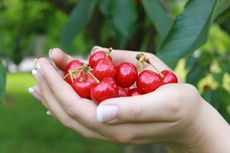
Cherry Tree Harvesting: How And When To Pick Cherries
Whether plucked straight from the tree or cooked into blue ribbon pie, cherries are synonymous with fun in the sun. How then do you know when to pick cherries? Read this article for tips on harvesting cherries from your tree.
By Amy Grant
-
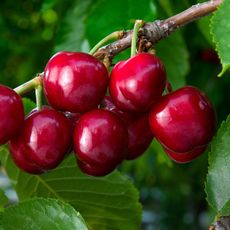
Coral Champagne Cherries – How To Grow Coral Champagne Cherry Trees
With a name like Coral Champagne cherries, the fruit already has a leg up in crowd appeal. If you are ready for a new cherry tree in your orchard, you’ll be interested in additional Coral Champagne cherry information. Click here for tips on how to grow these trees.
By Teo Spengler
-

Cherry Cold Requirements: How Many Chill Hours For Cherries
It is a great pleasure to grow and pick your own juicy, sweet cherries from your backyard garden or small orchard. But to grow fruit successfully, there are many factors to consider. The chill hours for cherry trees is one of those. Learn more in this article.
By Mary Ellen Ellis
